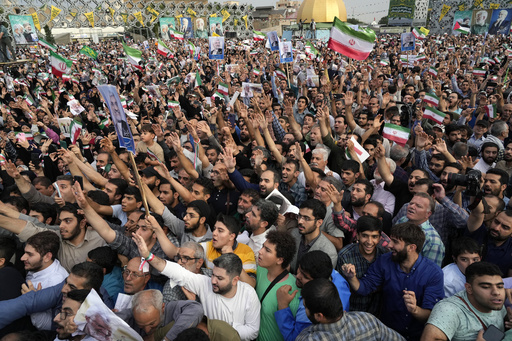DUBAI, United Arab Emirates – Ahead of Iran’s upcoming presidential runoff election, there is a possibility of the government increasing government-set gasoline prices, which has historically led to protests. Economists have long advised Iran to reform its subsidy system, costing billions annually. Campaign officials from reformist Masoud Pezeshkian hinted at potential price hikes, asserting they could be implemented without resistance.
Hard-liners accused Pezeshkian of planning an eightfold increase in gasoline prices. Conversely, the opposing candidate, Saeed Jalili, was suggested to consider a 12-fold increase, citing the need to align with international prices. Concerns over potential price hikes were raised with signs at rallies, emphasizing affordability for the public.
Regardless of the election outcome, fuel price increases seem inevitable for Iran. Subsidies for gasoline are a significant economic burden for the country, despite being considered a birthright. Past attempts to raise prices in 2019 resulted in widespread protests and a harsh crackdown, demonstrating public discontent over economic policies.
Iran’s heavy expenditure on oil subsidies in 2022 reflects its economic challenges, with gasoline prices remaining low compared to global averages. The potential for future price hikes has sparked anxiety among Iranians, with concerns about meeting basic needs if fuel prices surge. The upcoming presidential election is poised to have significant economic implications, with differing views on subsidy reforms and their impact on the population.



